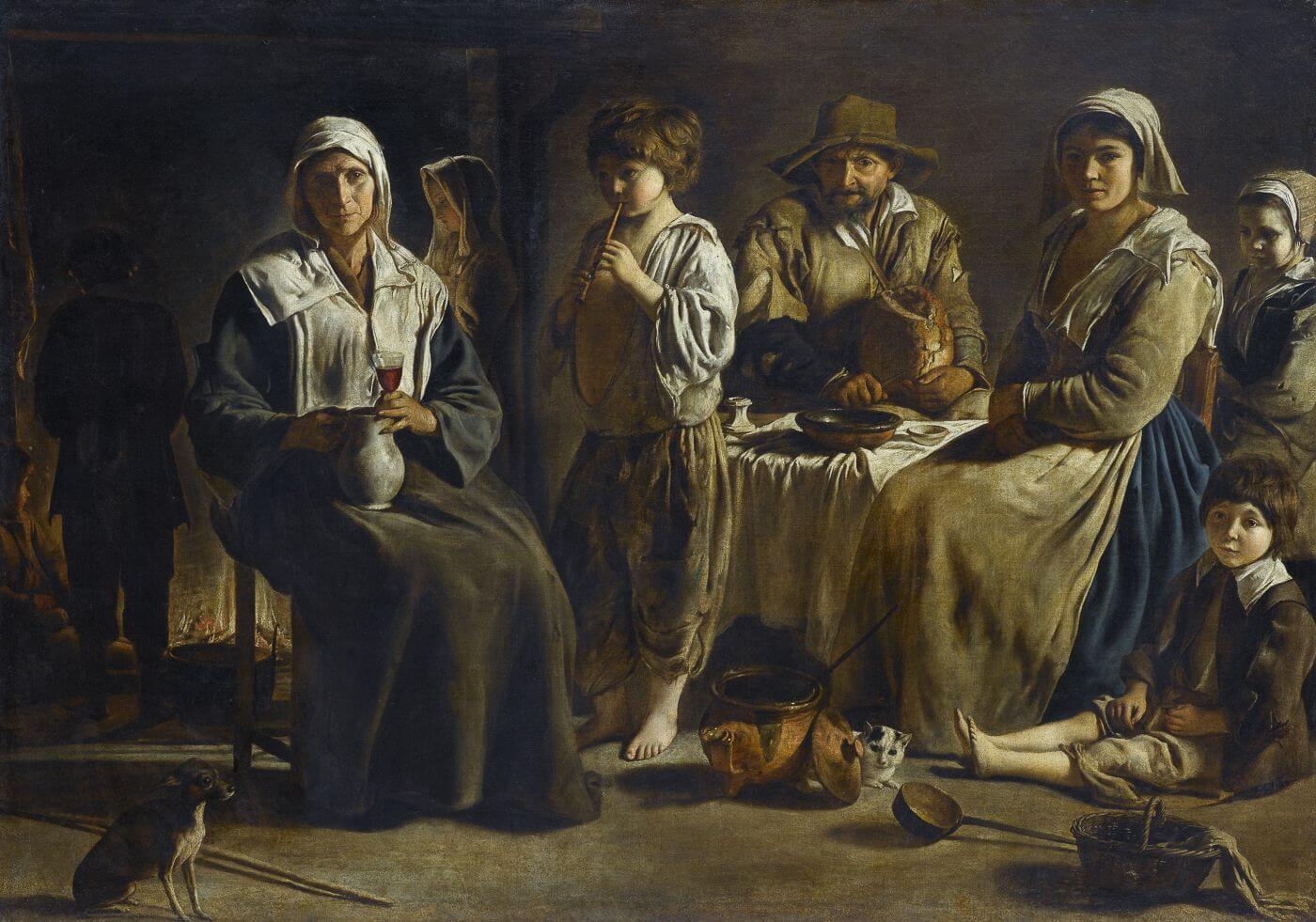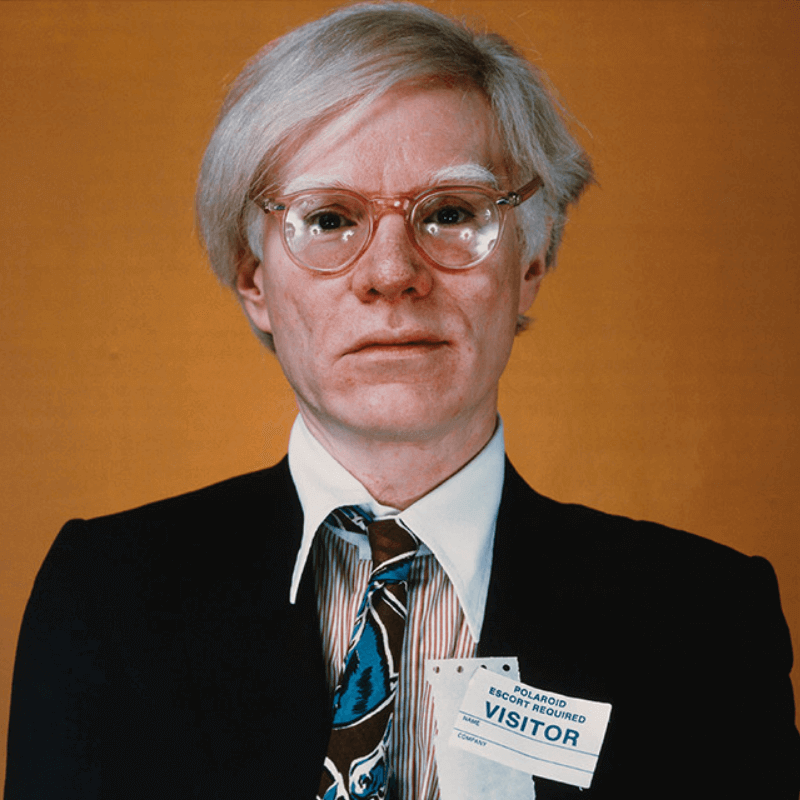Louis, Antoine et Mathieu
Originally from Laon, a city located in the Hauts-de-France region, Louis, Antoine and Mathieu Le Nain are three painters of the 17th century.
In the history of art, the journey of these three brothers’ painters fascinates and involves many questions. Indeed, historians have very little information on the life and formation of the Le Nain brothers so that their dates of birth are not accurately known, and we do not really know what their formation about painting was.
On the other hand, we know that their father Isaac belonged to the nascent bourgeoisie and that he owned some lands in Bourguignon. Famous among their contemporaries, the brothers Le Nain assured various official orders.
They have produced artworks such as the portrait of the municipality of Paris, the decoration of the chapel of the virgin in the convent of the Petits-Augustins, and even a portrait of Queen Anne of Austria. About this, King Louis XIII will say: "The queen was never painted in her best."

(Louis and Mathieu Le Nain, "Triple Portrait", ca. 1646-1648)
Known and recognized, the brothers Le Nain went up to Paris in 1623 and joined the Académie Royale in 1648.
The brothers then signed their canvases with a single name without finally being able to distinguish Antoine's brush stroke from the one of Louis or Mathieu.
The trio exploded brutally in 1648 with the death of Antoine and Louis. Mathieu, the youngest of the Nain, will survive them for 30 long years and will not cease living to paint.
One for all and all for art!
In terms of art, the Le Nain brothers are distinguished by their technique, their method and their themes.
If it is true that the brothers like to take unfinished canvases or paint with four hands (which makes the authentication of paintings by historians even more complicated!)
Antoine, Louis and Mathieu each have their own artistic personality.
The painting entitled "Triple portrait" is very eloquent in this respect.
If it is attested that the portraits on the left are of Louis, the figure of the right would be of Mathieu.
Thus, art historians describe Antoine's work as a miniature work on copper.
Mathieu, on the other hand, composes canvases with predominantly religious subjects.
Finally, Louis is interested in humble characters such as peasants, farmers and herders.
The brothers are also distinguished by the quality of their work.
Thus, art historians agree that Louis is the most talented of the three brothers.
Antoine sins by the awkwardness of his proportions.
The style of Mathieu, on the other hand, remains a little too close of a Caravaggio.
He likes contrasts and very strong colors like blue and red.
Mathieu also composes canvases cluttered with characters and likes to play with shadows and lights.
Louis seems to be the only one who truly can make a difference because he is the first to take a close interest in the life and representation of peasants.
In spite of their differences, the Le Nain brothers compose their works together and revolutionize the conception of art by introducing children, peasants and even animals such as dogs, cats or donkeys into painting.

(Louis Le Nain, "Family of peasants", ca. 1642)
On this subject, Nicolas Milanovic, head of the paintings department of the Louvre and specialist of the brothers Le Nain, explains:
"When one looks at the paintings of the peasants of the brothers Le Nain, one has the impression of a truth, one has the impression to enter the peasant families and yet, when we look closer, we notice inconsistencies.
There is a crystal glass in a peasant interior that is quite singular.
We will find small dogs like the Bolognese Bichon although it is a dog of the urban bourgeoisies, not of the peasant world.
They are the first to paint the humblest but at the same time they are transforming their canvases for the public who will buy these paintings and who expects certain elements that there is not in the peasant world.”
Immobility, silence and the presence of an intense gaze in the peasants' faces add authenticity to the canvases.

Louvre-lens and the brothers Le Nain
Illustrious painters of the 17th century, the brothers Le Nain fall in the biggest forgetfulness as soon as the last of the brothers (Mathieu) died in 1677.
It was then until the middle of the 19th century that the art critic and journalist, a certain Champfleury, rediscovered the talent of the three brothers.
In 1978, a first exhibition brings together some 60 authentic works.
40 years later, it is the Louvre-Lens that put the Le Nain brothers under the spotlight through an exhibition.
Entitled "Le Mystère Le Nain", the exhibition is held at the Louvre-Lens from March to June and includes 75 paintings by Antoine, Louis and Mathieu Le Nain.
An opportunity to (re) discover the paintings of these artists as free as they are enigmatic.







.png)




